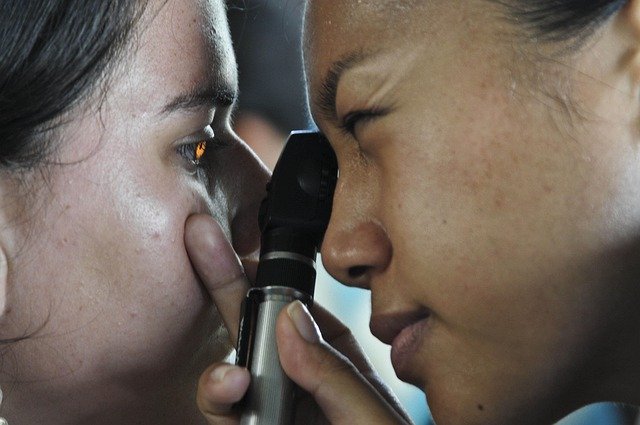Understand The Causes Of Dry Eyes & Their Impact On Your Eye Health
Dry eyes can significantly affect your daily comfort and overall eye health, creating persistent discomfort that impacts quality of life. This condition occurs when your eyes cannot produce enough quality tears to provide proper lubrication, leading to various uncomfortable symptoms and potential long-term eye complications.

What Causes Dry Eyes?
Multiple factors contribute to dry eye syndrome, ranging from environmental conditions to underlying health issues. Environmental triggers include prolonged screen time, air conditioning, heating systems, and low humidity environments. Aging is a significant factor, as tear production naturally decreases with time. Additionally, certain medical conditions like autoimmune disorders, hormonal changes, and inflammatory conditions can disrupt normal tear production.
Recognizing Dry Eyes: Important Signs to Watch
Identifying dry eye symptoms early can help prevent potential complications. Common signs include a stinging or burning sensation in the eyes, sensitivity to light, blurred vision, and a feeling of grittiness or something foreign in the eye. Some individuals experience excessive tearing as a paradoxical response to eye dryness, which occurs when the eyes overcompensate for inadequate moisture.
How Dry Eyes Impact Your Eye Health
Untreated dry eye syndrome can lead to more serious eye health complications. Persistent dryness can damage the eye’s surface, potentially causing eye inflammation, corneal abrasions, and increased risk of eye infections. Over time, this condition might result in vision problems and reduced overall eye comfort, making proper management crucial for maintaining long-term eye health.
Effective Dry Eyes Management Strategies
Managing dry eyes involves a comprehensive approach targeting underlying causes and symptoms. Environmental modifications like using humidifiers, taking screen breaks, and wearing protective eyewear can help. Nutritional changes, such as increasing omega-3 fatty acid intake and staying hydrated, can also support tear production and eye health.
Understanding Dry Eye Treatment Options
| Treatment Approach | Effectiveness | Recommended For |
|---|---|---|
| Lifestyle Modifications | High | Mild to Moderate Dry Eye |
| Professional Eye Evaluation | Essential | All Dry Eye Cases |
| Protective Eyewear | Moderate | Environmental Dry Eye |
| Nutritional Supplements | Supportive | Long-Term Management |
Professional consultation remains the most reliable method for personalized dry eye management. Eye care professionals can provide targeted recommendations based on individual symptoms and underlying causes.
Conclusion
Understanding dry eyes requires recognizing their complex nature and potential impacts on overall eye health. By identifying symptoms early, implementing management strategies, and seeking professional guidance, individuals can effectively address this common yet challenging condition.
Disclaimer: This article is for informational purposes only and should not be considered medical advice. Please consult a qualified healthcare professional for personalized guidance and treatment.




